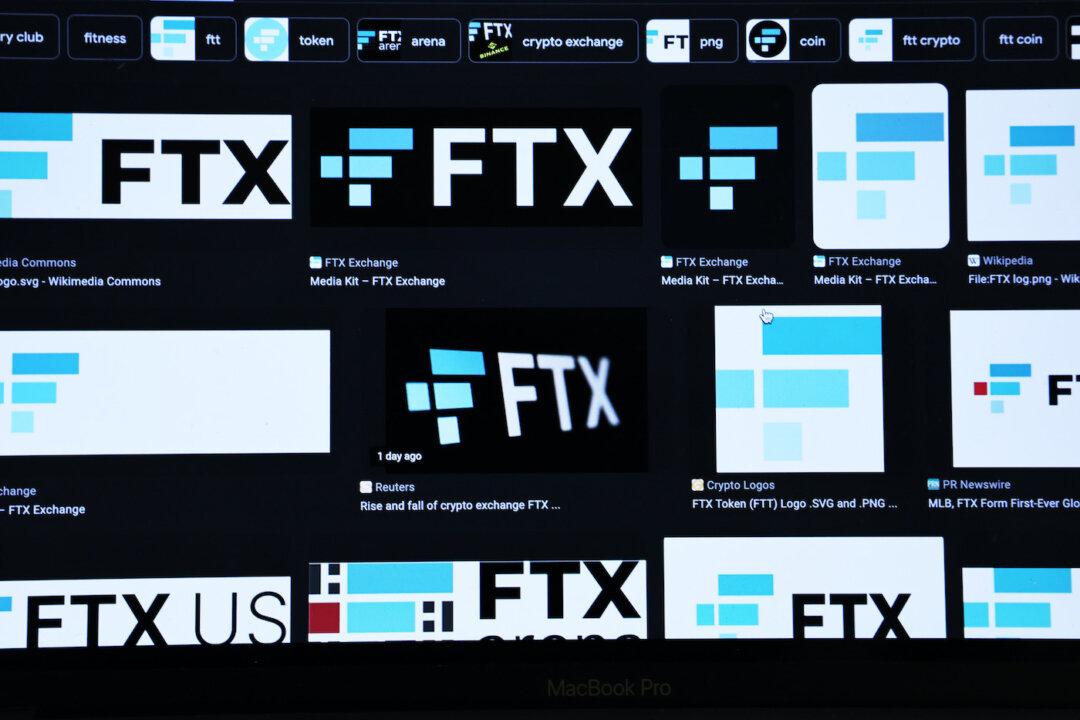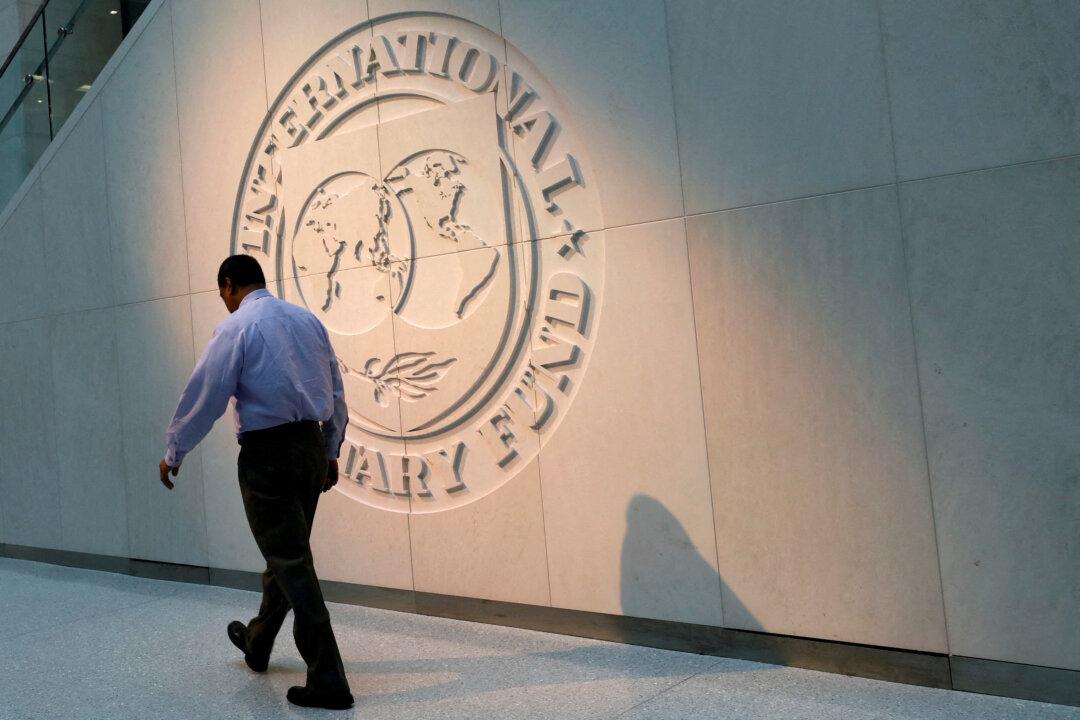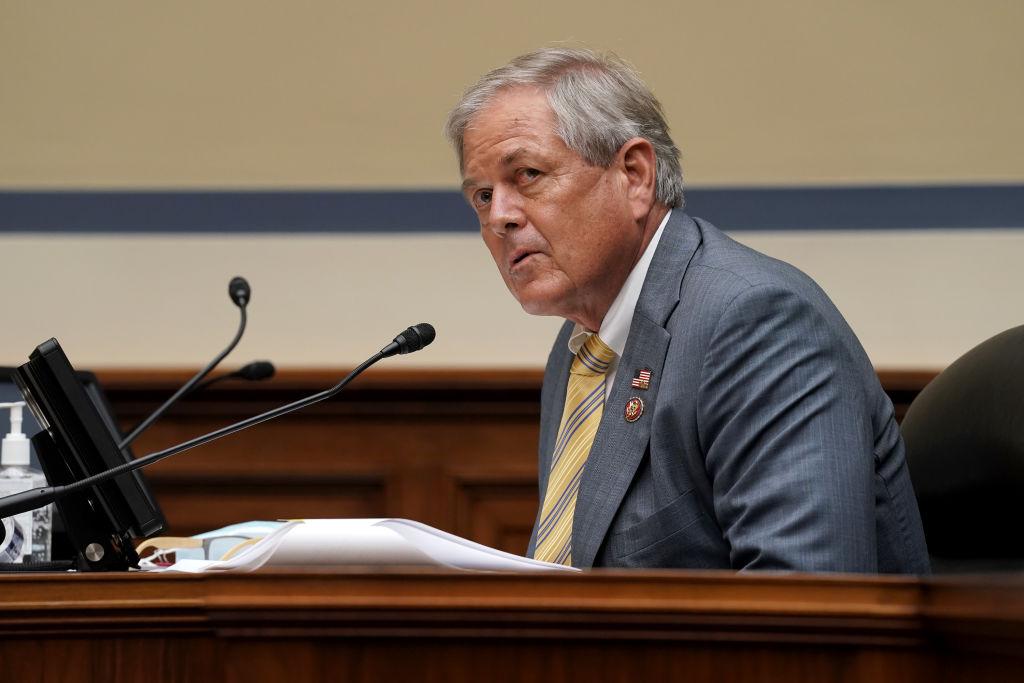In late 2017, MIT alumnus Sam Bankman-Fried left the quantitative trading firm Jane Street to start his own cryptocurrency trading firm, Alameda Research. Founded prior to FTX, Alameda got its start by taking advantage of bitcoin price differentials between Japanese and U.S. exchanges, namely by buying bitcoin for a low price in the United States and selling for a premium in Japan.
At the time, Bankman-Fried estimated this trade netted about $20 million before the price spread narrowed as competitors took advantage of the same trade. Alameda’s initial strategy involved various trades similar to the Japan–U.S. bitcoin arbitrage.




